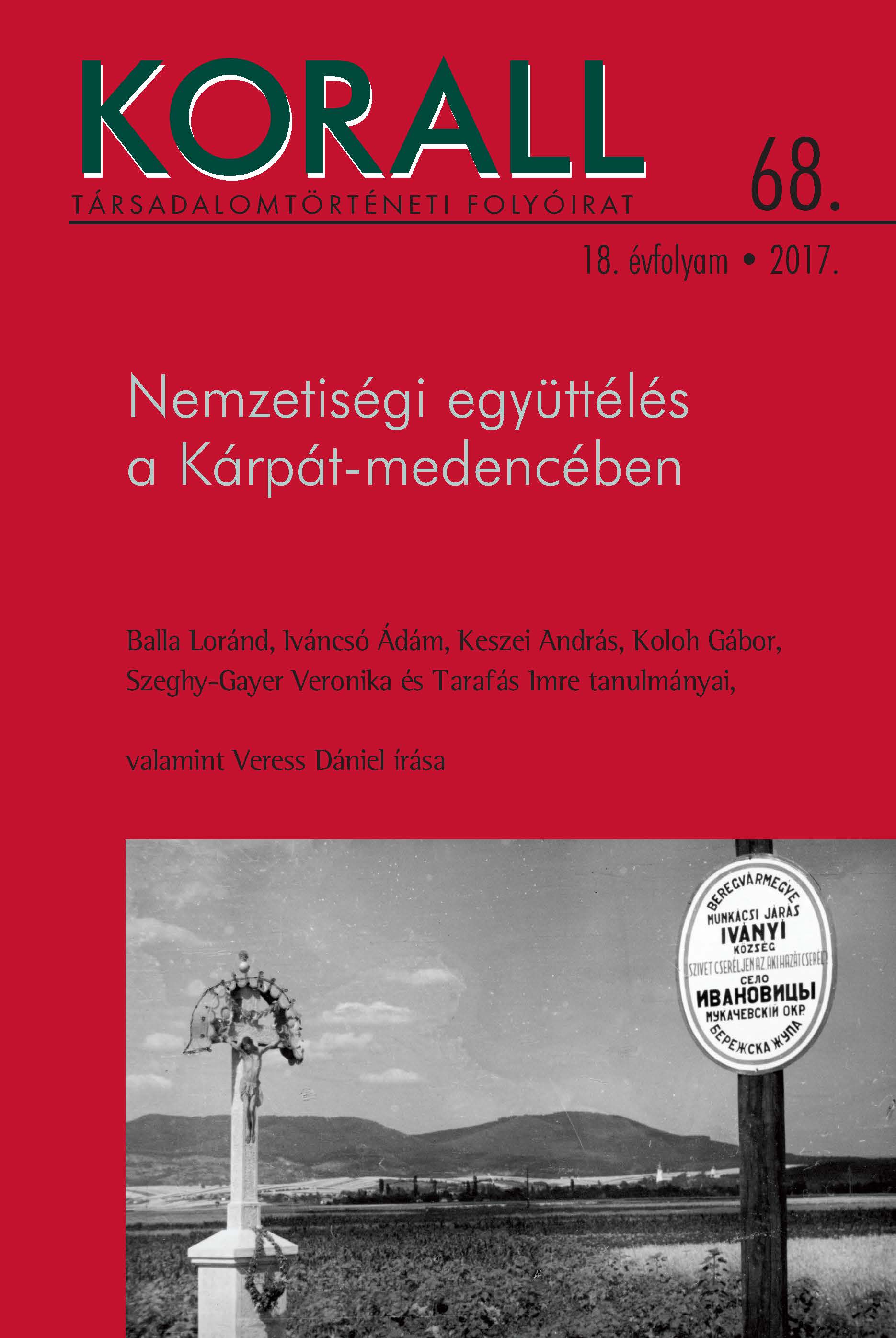Gyermekvállalás a Völgységben és az
Ormánságban
Parenthood in Volgyseg and Ormansag
The Comparative Fertility History of the Kismanyok and Vajszlo Districts (1790−1894)
Author(s): Gábor KolohSubject(s): Cultural history, Local History / Microhistory, Social history, 19th Century
Published by: KORALL Társadalomtörténeti Egyesület
Keywords: history;birth control;demography;
Summary/Abstract: The study is based on the comparative analysis of the birth control practices of the Protestant Hungarian population of the Ormansag region and the Lutheran German population of the Volgyseg region. The main research questions concern the regional and ethnocultural characteristics of parenthood in these regions. Besides the birth registers as the traditional primary source for family reconstruction, the study is also based on family books compiled by German researchers for some individual settlements. The geographical scope is limited to seven settlements in Ormansag, and three in Volgyseg. Similarly to the Hungarians in Ormansag, the German population of Southern Transdanubia also displays low fertility rates, which suggests the presence of conscious birth control well before the demographic transformations. The changes associated with the economic restructuring between the end of the eighteenth and the middle of the nineteenth century affected both the Hungarian and the German groups in a similar manner; and the decreasing tendency also continues well into the last three decades of the nineteenth century. The findings of the study suggest that birth control is a practice employed in response to a crisis situation, which in this case appears as a regional characteristic. While higher fertility rates among older German women are certainly in correlation with ethnocultural factors, this phenomenon is of a secondary significance in this particular region.
Journal: Korall - Társadalomtörténeti folyóirat
- Issue Year: 2017
- Issue No: 68
- Page Range: 49-71
- Page Count: 23
- Language: Hungarian

